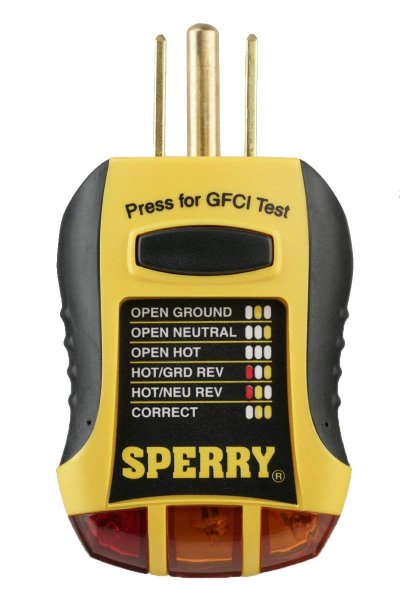Chuckanut
Give me a museum and I'll fill it. (Picasso) Give me a forum ...
One, and only one, of the power circuits to my home has gone out. Everything else not on the circuit works fine. Yes, I have checked the circuit breakers, several times.
The last time this happened I paid an Electrician a lot of money to identify the bad socket and replace it. I remember that he examined a number of sockets around the house to identify which was bad.
My question is how do I check the sockets to see which one is bad and has cut off the electricity to the entire circuit? I can't plug anything in to see if it works, since there is no current. I imagine I need some sort of device.
Suggestions? Tips? Before I blow a small fortune on an Electrician.
The last time this happened I paid an Electrician a lot of money to identify the bad socket and replace it. I remember that he examined a number of sockets around the house to identify which was bad.
My question is how do I check the sockets to see which one is bad and has cut off the electricity to the entire circuit? I can't plug anything in to see if it works, since there is no current. I imagine I need some sort of device.
Suggestions? Tips? Before I blow a small fortune on an Electrician.

